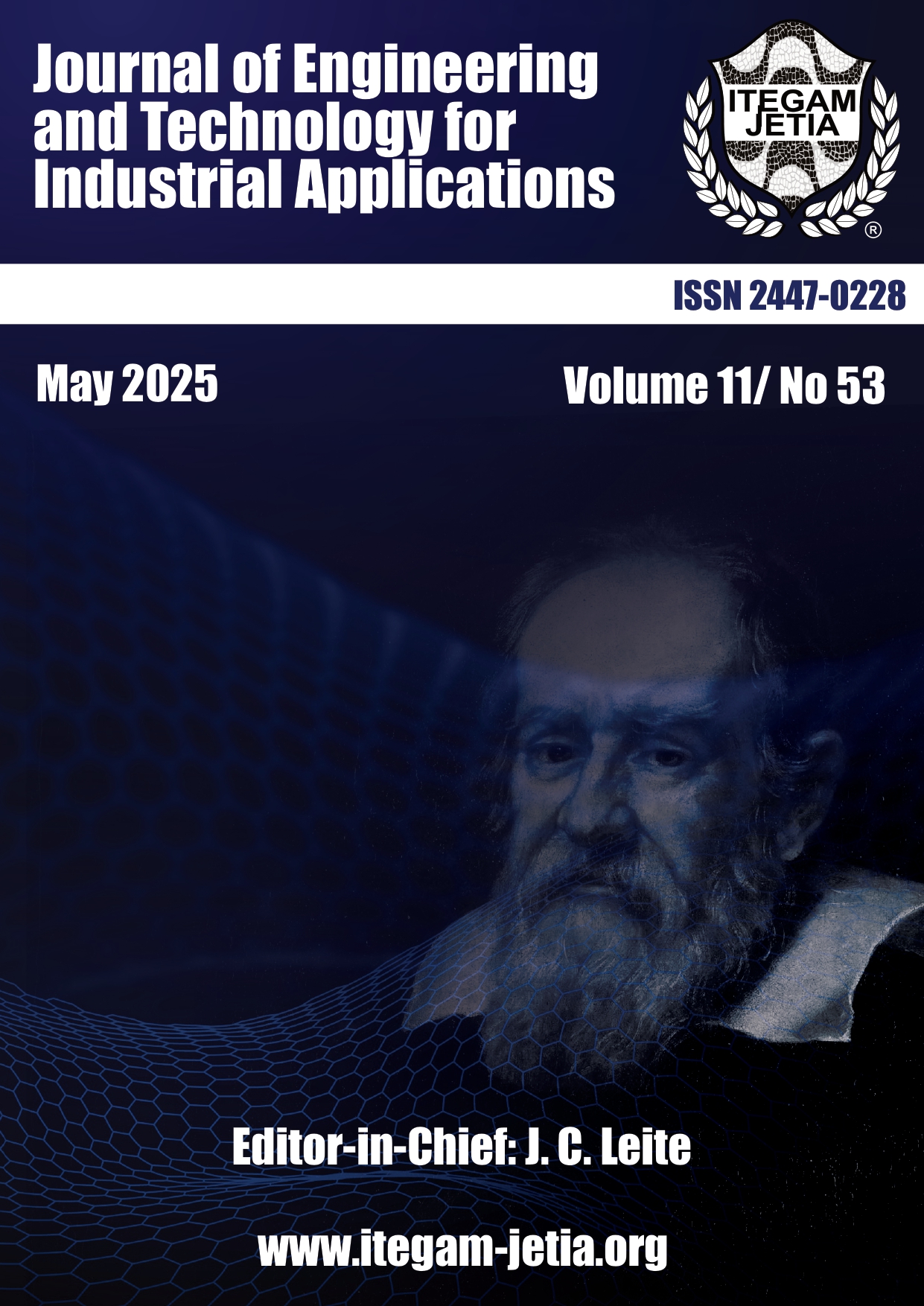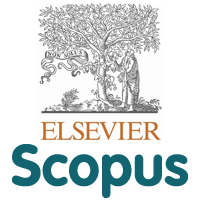Analysis of Lora Signal Propagation in Urban Environment
Abstract
This paper analyzes LoRa signal propagation in an urban environment, based on RSSI collections conducted at various distances ranging from 10 to 1610 meters. The data were analyzed using the log-normal shadowing model, allowing the generation of path loss graphs. The coefficient of determination (R²) for the log-normal model was 0.9764, with an RMSE of 3.2872 and an MAE of 2.4020, indicating an excellent fit to the data. As a comparison between regression methods, the quadratic approximation presented an R² of 0.9117, RMSE of 6.1397, and MAE of 5.2137, reflecting lower performance. These results highlight the impact of distance on signal attenuation and confirm the effectiveness of the log-normal shadowing model in representing propagation in urban scenarios. The research contributes to understanding LoRa performance in dense environments, providing valuable insights for the planning and optimization of LoRa networks, as well as serving as a practical guide for future applications in the Internet of Things context.
Downloads
Copyright (c) 2025 ITEGAM-JETIA

This work is licensed under a Creative Commons Attribution 4.0 International License.











